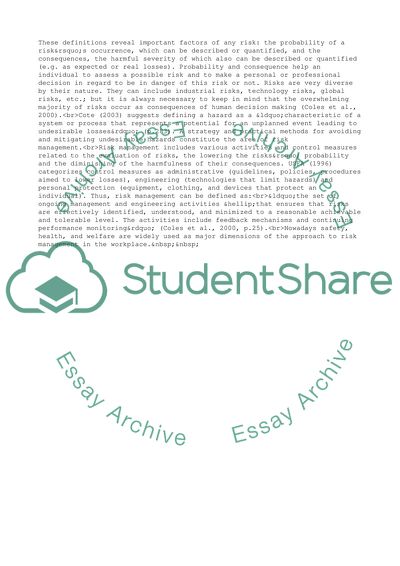Cite this document
(Fire Risk Management in Students' Hostels Research Paper, n.d.)
Fire Risk Management in Students' Hostels Research Paper. Retrieved from https://studentshare.org/management/1744728-risk-mamagement-issue
Fire Risk Management in Students' Hostels Research Paper. Retrieved from https://studentshare.org/management/1744728-risk-mamagement-issue
(Fire Risk Management in Students' Hostels Research Paper)
Fire Risk Management in Students' Hostels Research Paper. https://studentshare.org/management/1744728-risk-mamagement-issue.
Fire Risk Management in Students' Hostels Research Paper. https://studentshare.org/management/1744728-risk-mamagement-issue.
“Fire Risk Management in Students' Hostels Research Paper”, n.d. https://studentshare.org/management/1744728-risk-mamagement-issue.


